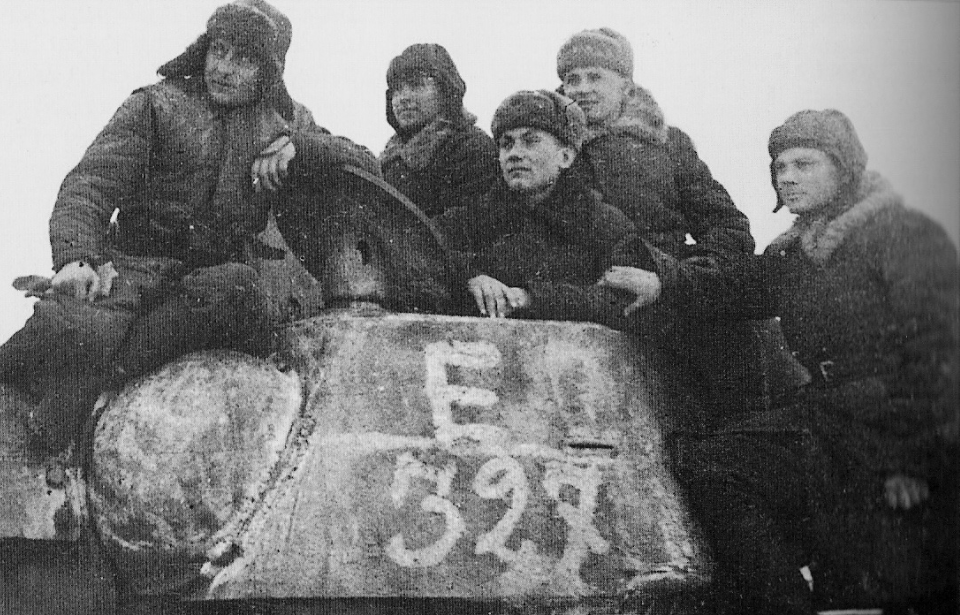Depending on the strategies being implemented, military battles can go either very right or totally wrong. Some have gone down as the most remarkable in military history, while others are remembered for being epic failures. Regardless of their outcome, they have to be daring, as war is never easy to maneuver or predict. The following are five of the boldest military plans to have been executed throughout history.
Operation Uranus
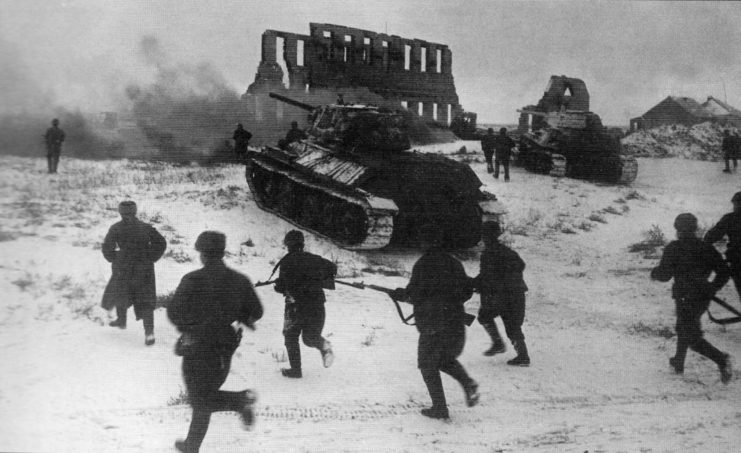
After the German Army captured Stalingrad in mid-1942, the Soviets were fixated on recapturing the city. To do so, they came up with one of history’s boldest military plans, Operation Uranus, which occurred in November of that year.
The Red Army moved on Stalingrad with a 500,000-strong force, 1,400 aircraft and 900 tanks. The plan consisted of Gen. Georgy Zhukov’s troops approaching Stalingrad from the north and south, forcing the Germans to spread themselves out to defend their position. With heightened precision, they set up fake formations to fool enemy intelligence into believing an attack would not come until late fall.
After successfully hiding their immense manpower, as well as overcoming delays in their first assault, the Soviets launched their surprise attack on the Germans. Over the course of three days, Red Army troops encircled Stalingrad, quickly overwhelming the 200,000 German troops stationed there.
On January 31, 1943, the last of the Germans surrendered. Only 90,000 troops survived the counteroffensive, with that number dwindling to just 5,000 after they were imprisoned at Soviet gulags following their loss.
Mexican-American War
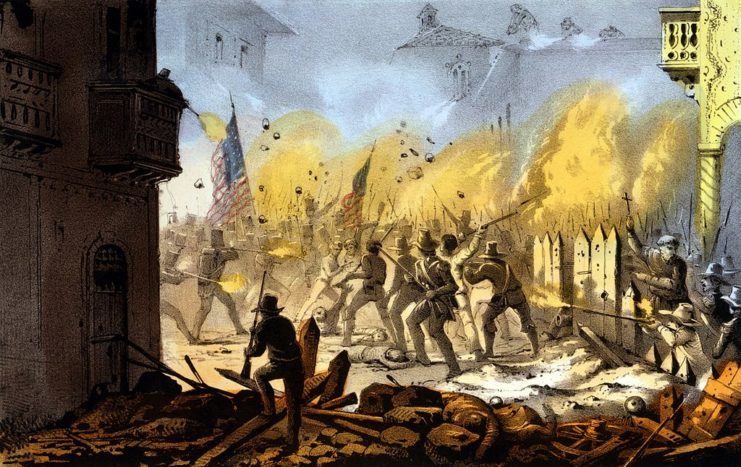
US President James K. Polk was determined to stretch the country across the entire continent. He offered to purchase land owned by Mexico for $30 million, but was refused. Upset about the rejection, he sent troops to provoke Mexico into a territorial war. As soon as they retaliated, an official invasion began.
The Mexican-American War occurred from 1846-48 and tried to utilize the political unrest occurring in Mexico to gain more territory for America. For two years, the US increasingly pressed against the Mexican Army, slowly acquiring more land. It wasn’t until February 2, 1848 that the Treaty of Guadalupe Hidalgo was drafted and signed, officially ending the fighting.
When it was over, Second Lt. Ulysses S. Grant called the conflict “one of the most unjust ever waged by a stronger against a weaker nation. It was an instance of a republic following the bad example of European monarchies, in not considering justice in their desire to acquire additional territory.”
The border between Mexico and the US was once a lot different than it is today. Following the war, Mexico lost a significant portion of its territory, including present-day California, Utah, Nevada, Arizona, Oklahoma, Wyoming and New Mexico.
Vicksburg Campaign
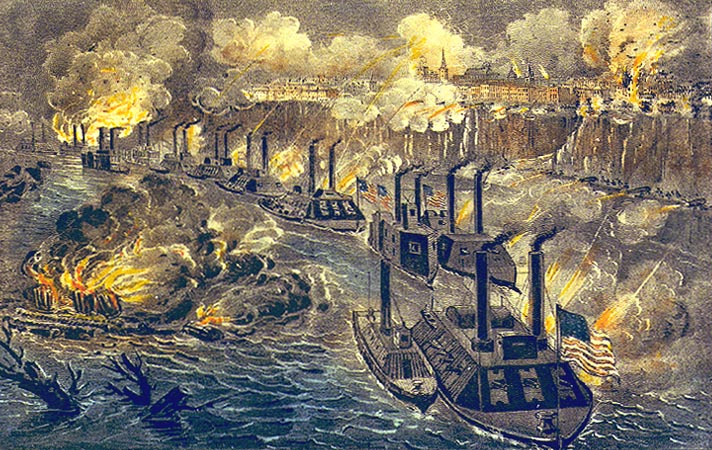
The Battle of Vicksburg began on May 18, 1863 as part of the American Civil War and saw the Union Army come out victorious over a divided Confederate Army after 47 days of fighting. Vicksburg, Mississippi was the halfway mark between Memphis, Tennessee and New Orleans, Louisiana, and was an important win for the Union to cut off trade to the Confederacy.
The Mississippi River was the primary vehicle for transporting supplies and spreading communications throughout the South. During the Civil War, President Abraham Lincoln exclaimed, “Vicksburg is the key! The war can never be brought to a close until that key is in our pocket.”
Over three weeks, Union Maj. General Ulysses S. Grant marched his troops to the west bank of the Mississippi, defeating the Confederates in Jackson and turning back toward Vicksburg. Grant had his force of 77,000 encircle the city and ultimately defeat the 33,000 Confederate troops stationed there.
By capturing Vicksburg, the Union Army was able to eventually gain control of the entire Mississippi River. This split the Confederacy in half, a bad outcome for the South. The Vicksburg Campaign, one of the boldest military campaigns of the Civil War, also wound up being among the most successful.
Schlieffen Plan
The Schlieffen Plan was a battle strategy created nearly a decade prior to the start of the First World War. While ultimately ineffective, it’s without a doubt one of the boldest military plans ever concocted. It outlined how Germany would win the conflict by dealing with the Western and Eastern Fronts separately.
It was named for Count Alfred Schlieffen, who devised the plan. Schlieffen believed Germany could successfully attack France to the west, capturing it in just 45 days, without the worry of a Russian assault on the east. He thought the Russians would need at least six weeks to mobilize following its loss in the Russo-Japanese War, giving the Germans enough time to transport troops to the East via rail networks.
However, when it was implemented in 1914, the free passage through Belgium that was required wasn’t granted. Additionally, by traveling through neutral Belgium, England was brought into the war to defend the nation, as promised in the Treaty of London. This significantly slowed the German offensive in the West.
As well, it turned out Russia was more than capable of mobilizing its troops in less than six weeks – in fact, it only took the nation 10 days to reorganize its military. Fighting on two fronts, Germany’s strength became depleted, with the country ultimately losing the war.
Operation Chromite
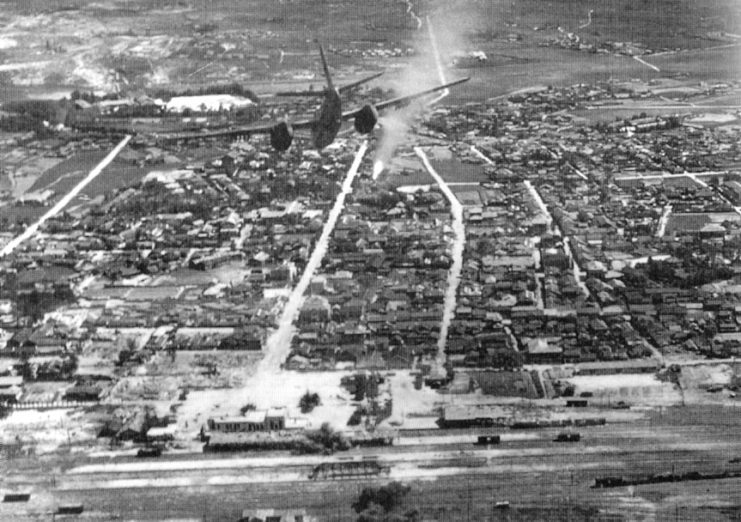
During the Korean War, the US made a surprise amphibious landing at the port of Inchon, a risky location for an attack. As such, this engagement deserves a spot on our list of the boldest military plans from history. UN Supreme Cmdr. Douglas MacArthur was determined to have the troops land there. After they had, his troops were able to break off supply lines to North Korea, allowing them to continue pushing inland and recapture Seoul.
Codenamed Operation Chromite, it was enacted on September 15, 1950. They successfully recaptured Seoul on the 28th and MacArthur continued to press further, successfully capturing Pyongyang by October 19. However, their efforts were eventually reversed after the Chinese entered the battle, forcing the Americans to retreat.
More from us: The Most Fearsome Military Units of All Time
The Communist forces recaptured Seoul in January 1951, but this was short-lived, as the US recaptured the Seoul in March. As the war waged on, fears of a continued battle involving not only China, but also the Soviets resulted in negotiations to end the fighting. An armistice was subsequently signed on July 27, 1953.
